The most extensive construction site in Budapest is certainly the Buda Castle. As a result of the works, the Royal Riding Hall, the Guard House and the Stöckl Staircase have already been handed over in recent years, and in January of this year, visitors were able to take possession of the ramp connecting Csikós Court and Hunyadi Court. It was designed by Alajos Hauszmann, and the new structure also bears his name, the predecessor of which helped horse traffic until it was demolished in the mid-1970s.
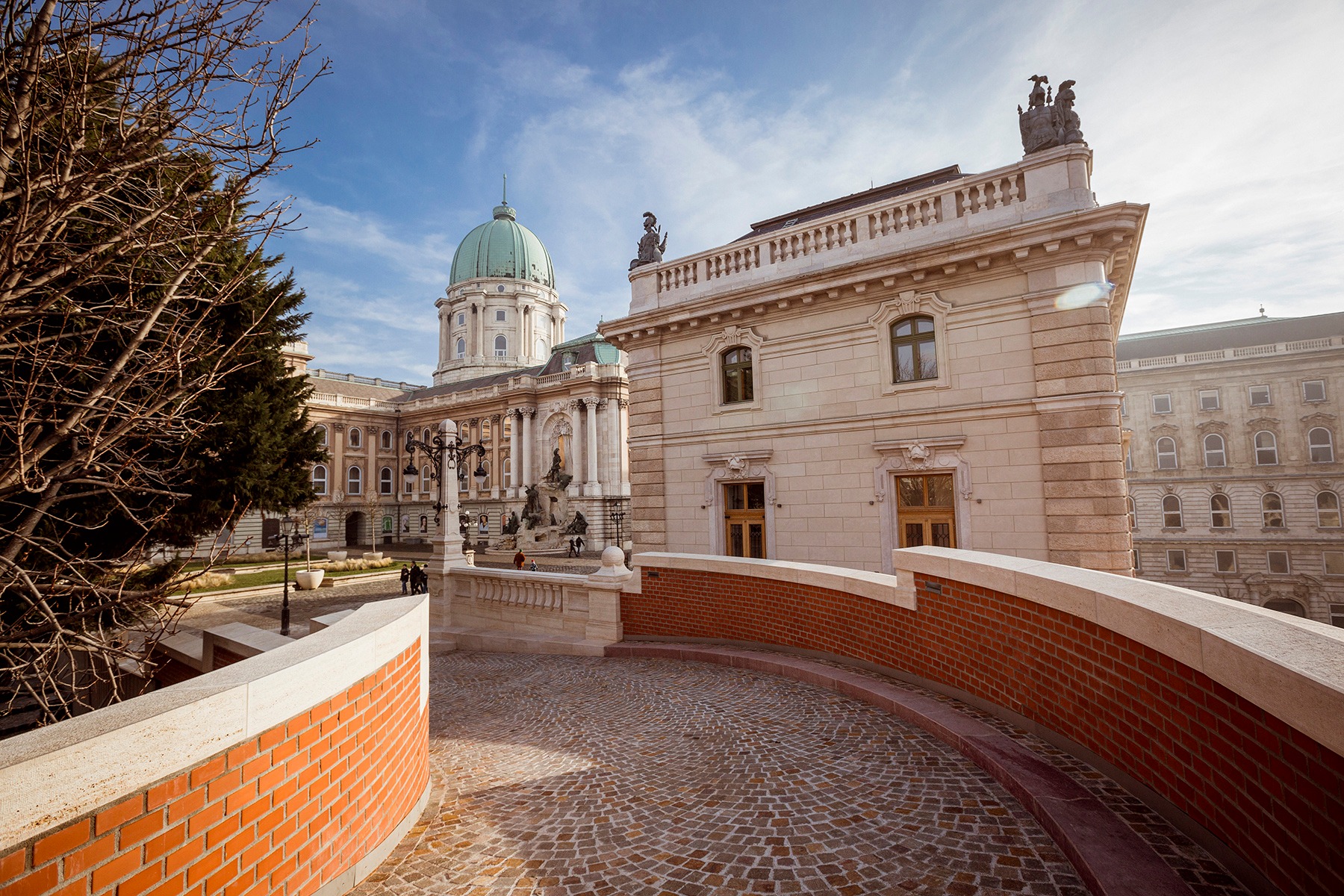
The Hauszmann Ramp also offers a wonderful view of the royal palace (Photo: National Hauszmann Program)
Also in January, passers-by could take possession of Bakáts Square, where the previous asphalt was replaced by a new paving stone. The area in front of the church's entrance was covered with hard-to-walk cobblestones, which were replaced by a 14-metre-diameter, colourful, inlaid pavement in the shape of a star. New street furniture, drinking fountains and chess tables were placed around the building, and the proportion of green space was also increased at the expense of parking lots.
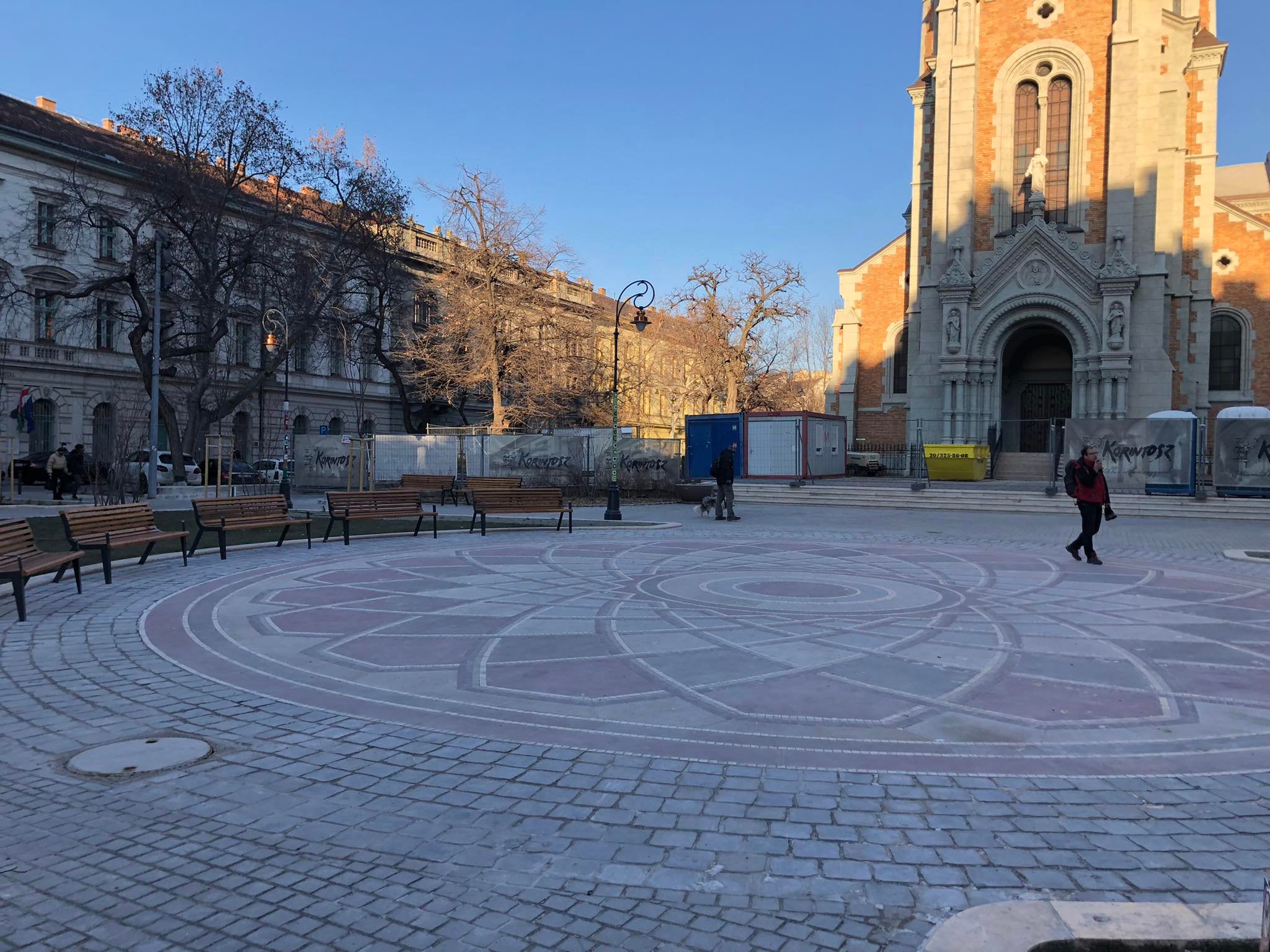
The inlaid stone pavement of Bakáts Square (Photo: Róbert Juharos/pestbuda.hu)
On January 22, the Day of the Hungarian Culture the long-awaited House of Music Hungary opened in the City Park. The glass-walled building designed by the Japanese Sou Fujimoto fits harmoniously into the park environment, its roof structure undulates organically and is pierced by holes. The interior space, which is 12 metres high in some places, has been offering visitors a complex musical program for almost a year: music-themed exhibitions can be visited underground, the concerts themselves can be enjoyed on the ground floor, and the upper floor serves educational purposes. Around 7,000 square metres of green space around the building was also renovated, so those who wanted to relax could once again take possession of the part of the City Park that had been closed for a long time.
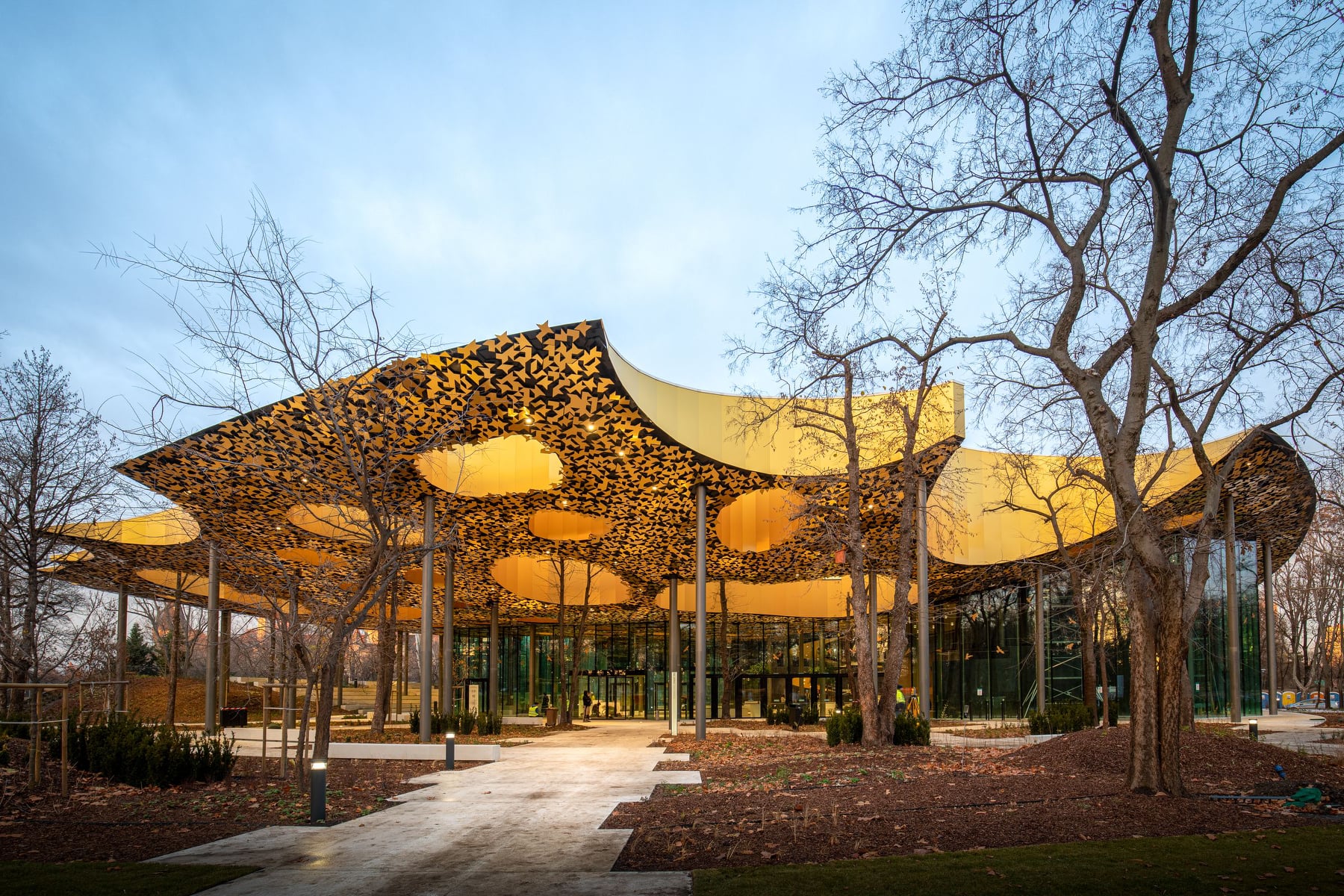
House of Music Hungary in City Park (Photo: Városliget Zrt.)
In terms of handovers, spring was the most productive season: the Opera House reopened its doors on 12 March. Built between 1875 and 1884 in the Neo-Renaissance style according to the plans of Miklós Ybl, the song theatre is one of the most beautiful buildings with this function in the world. In order to meet today's needs in addition to the aesthetic value, the modernisation of the interior began in the summer of 2017, which affected the stage technology and the electrical network, but the orchestra pit was expanded, the auditorium chairs were replaced and the entire building became air-conditioned. The restoration was then extended to the exterior as well, the facade was cleaned, the roof was re-tinned, and even the 12-story factory building on Hajós Street was renovated.
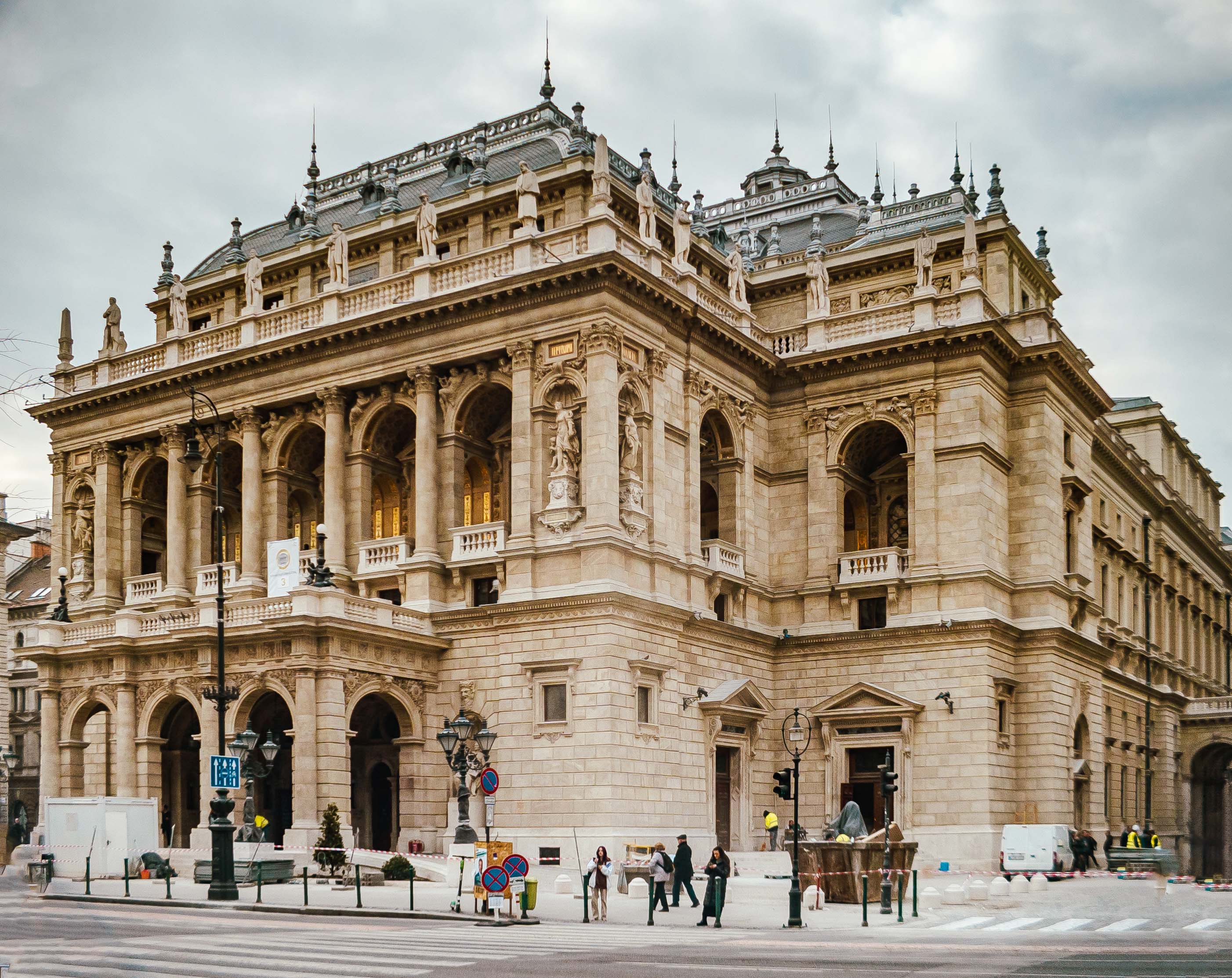
The Opera House has been beautified inside and out (Photo: Balázs Both/pestbuda.hu)
Just three days later, on our national holiday, the new institution of the Hungarian National Bank (HNB), the Money Museum, also opened its doors. Its home became the former Buda Postal Palace designed by Gyula Sándy. It tries to draw the attention of passers-by with a work of art, Gábor Miklós Szőke's sculpture 'Golden Train' on its side facing Széll Kálmán Square. At the end of the exhibition, visitors can lift a real gold bar if they have enough strength to do so. The HNB, however, kept most of the building as its own office building and renovated and remodelled it for this purpose. The plans were drawn up by Tihamér Szalay, and the full name of the institution became HNB Supervisory Centre and Money Museum. A fantastic hall has been created in its former courtyard, which is both faithful to the original building and hints at the financial function of its new owner.
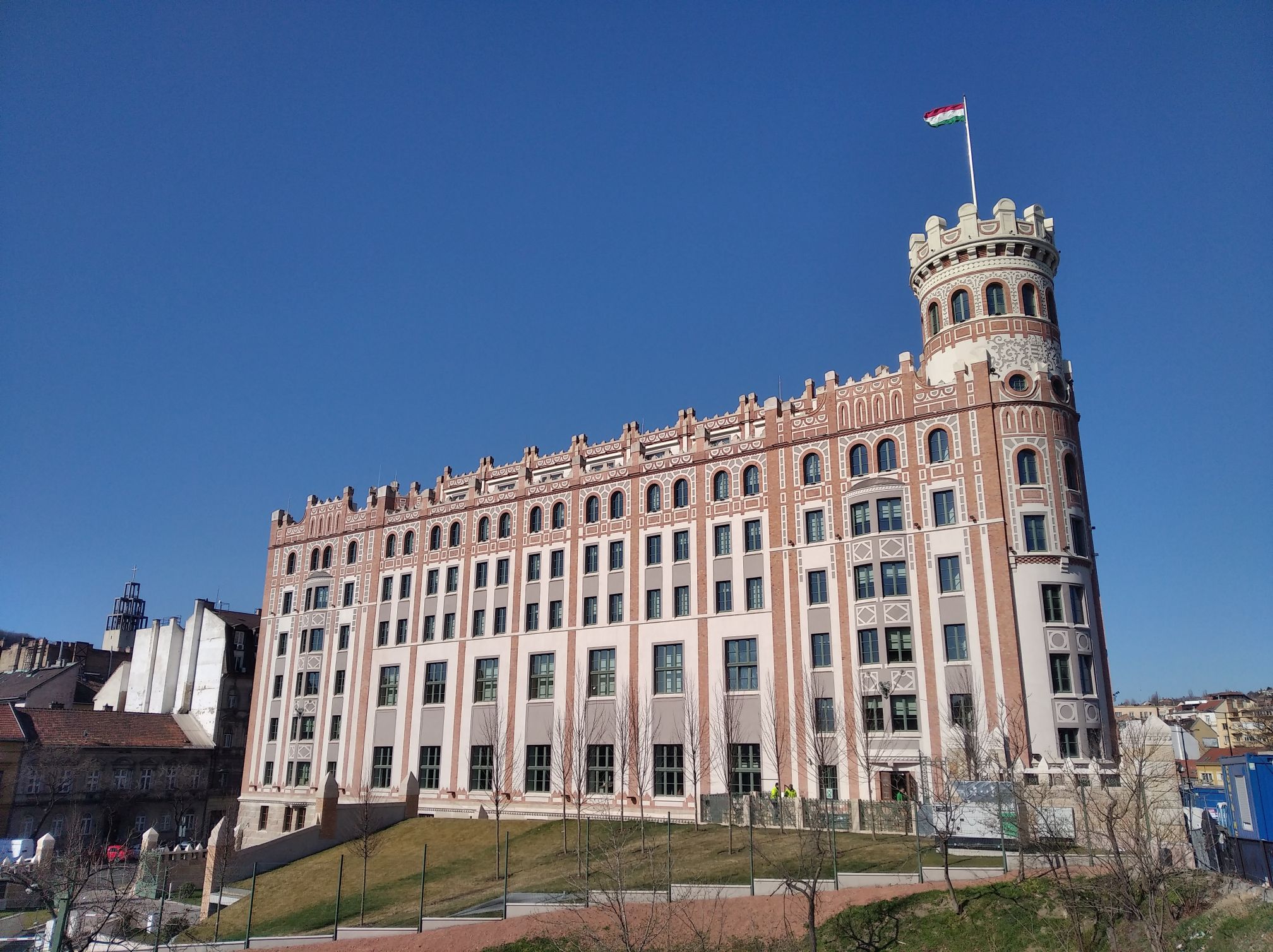
The former Postal Palace housed the HNB's Supervisory Centre and the Money Museum (Photo: Péter Bodó/pestbuda.hu)
By the end of spring, another long-awaited attraction of the City Park, the new building of the Museum of Ethnography, was also completed. The building designed by the Hungarian architectural studio, Napur Architect, occupies a large part of 56-osok Square in a way that it was not necessary to move the monument standing in the axis of Városligeti Avenue, because most of it is hidden underground. Its two outermost blocks, which are also visible on the surface, have glass facades, which are, however, covered by a metal mesh grid. A contemporary reinterpretation of 20 Hungarian and 20 foreign ethnographic motifs appear in about half a million pixels on this. In the museum, the exhibitions can be viewed over seven thousand square metres, and the roof garden has the same floor area, which was planted with lawns and various plants, so it quickly became a popular meeting and resting place.
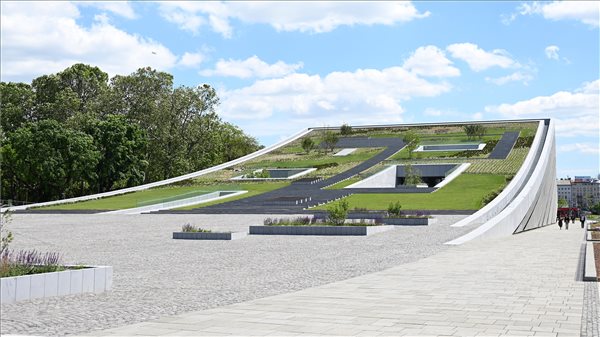
A recreation park was created on top of the Museum of Ethnography (Photo: MTI/Zoltán Máthé)
In addition to these large-scale works, the cultural sphere was also able to enjoy several smaller results this year. The renovation of the visitor areas of the Hungarian National Museum has been completed, the limestone floor has regained its old beauty, the shop, the café have been renovated and a new reception desk has been built. The Hungarian Museum of Architecture and Monument Protection Documentation Centre also finally got a permanent exhibition building in the Rózsi Walter Villa on Bajza Street. József Fischer designed this luxury residence for the celebrated actress, which has actually become an exhibition object in itself, as everything that was characteristic of modern architecture between the two world wars appears on it.
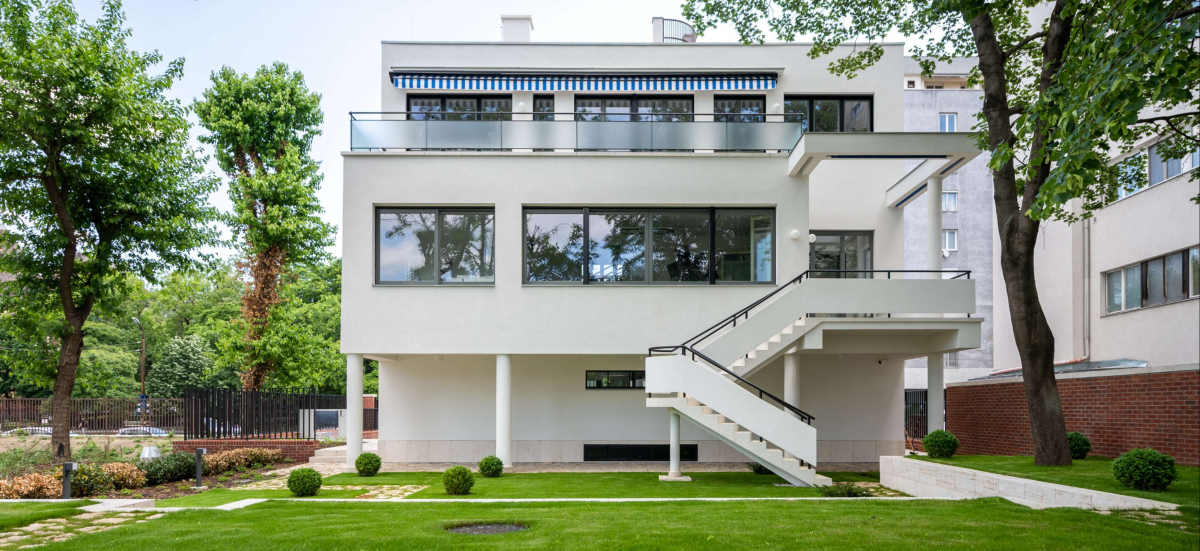
The Rózsi Walter Villa is a masterpiece of modern architecture (Photo: Simon Nyírő/MMA)
One of the joyful events of the summer was the handing over of the Haggenmacher Palace at 52 Andrássy Avenue. The Neo-Renaissance building next to Oktogon was built according to the plans of Henrik Schmahl between 1881 and 1883, its eponymous owner was brewery director Henrik Haggenmacher. During the three-year renovation, its three-story facade was restored to its original splendour, but its function and name changed: it reopened its doors as Hotel Oktogon. Accordingly, its interior was also transformed: the large inner courtyard was covered with a glass roof, creating a new atrium space. A total of 121 rooms have been created in the building, which are located on part of the ground floor, on three floors and the attic level. Not far from it, on the inner part of Andrássy Avenue, the machinery also fell silent, because the renovated Jókai Square was also completed, which received a new pavement, the green surface was refreshed and street furniture was also placed.
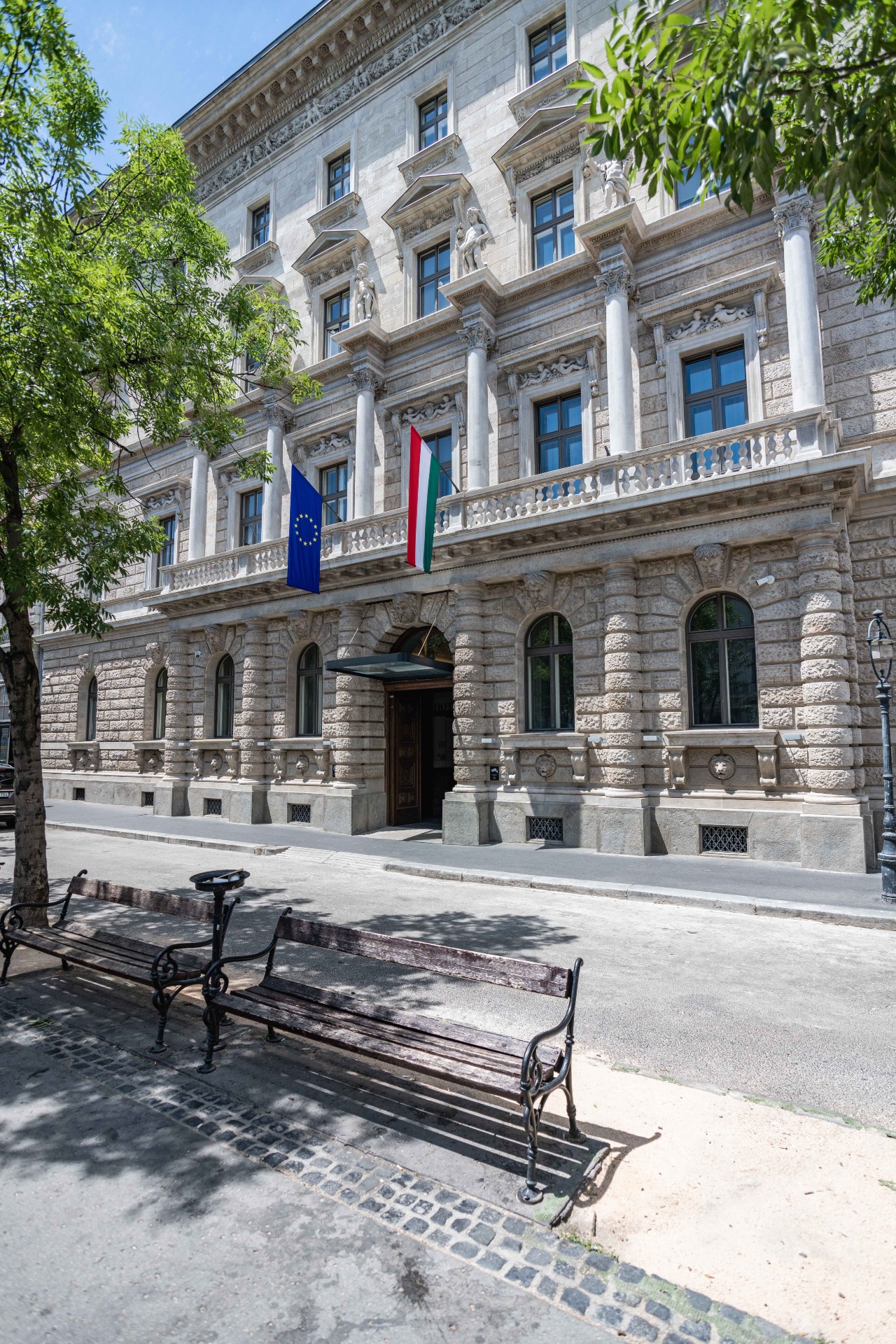
The Haggenmacher Palace became Hotel Oktogon (Photo: Róbert Juharos/pestbuda.hu)
By the end of the summer, the new building of the Luther Home - Evangelical Student Home, with one hundred and twenty beds, was completed according to the plans of László Benczúr. The college of advanced studies previously operated in Vizafogó, in a workers' guard barracks, so the current modern building with a brick facade is a huge leap in the life of the institution. It was moved to a completely different location: it was built on Lágymányos, on the site of the headquarters of the Ecumenical Council of Churches in Hungary. Lágymányos's traffic also continued to improve in the summer, as the expanded Southern Connecting railway bridge was also handed over.
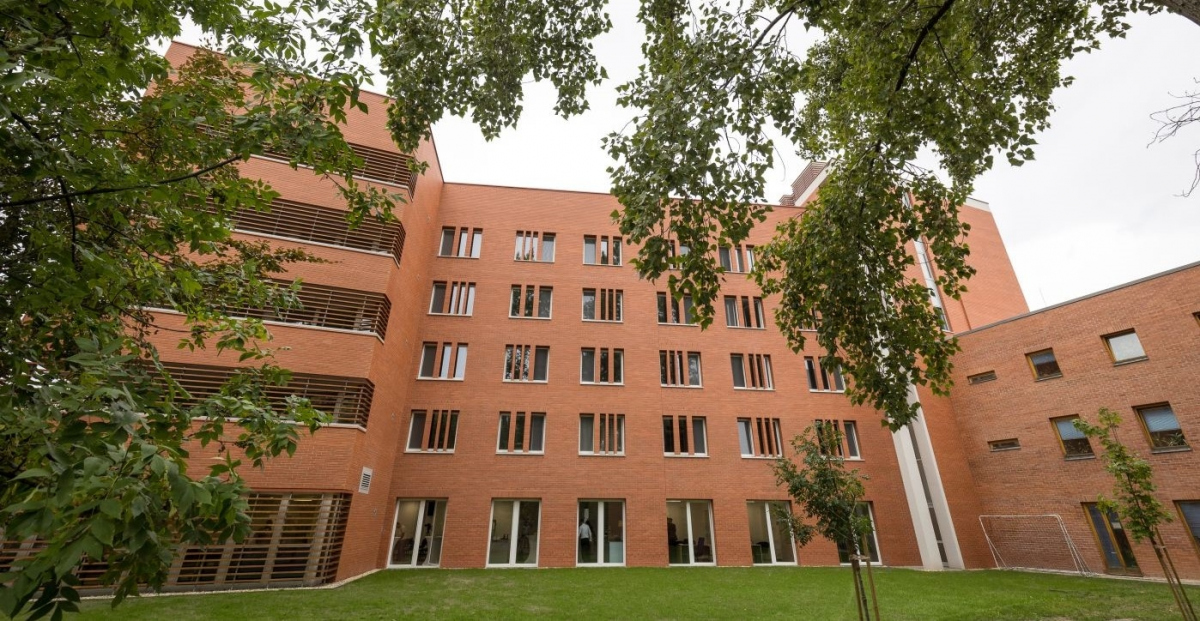
The new building of the Luther Home (Photo: evangelikus.hu/Márton Magyari)
Although the energy crisis raged in the fall, fortunately, it did not endanger the investments that had started earlier. In this way, the students of the Károli Gáspár University of the Reformed Church were able to use the Ráday House designed by Zoltán Berzsák, on the site of which the former dormitory burned down in early 2019. The view of Markusovszky Square has completely changed thanks to this, since the new, glass- and metal-clad wing was built here, at the northern end of which a cross and star indicate the prevailing Christian values between the walls. As part of the investment, the Ráday Street wing of the complex was also renovated. Not far from it, the interior restoration of the St. Francis of Assisi Parish Church in Bakáts Square was also completed, during which the sub-church was expanded with a new urn burial section. The floor covering of the building, the plaster of the walls, and the altars were also restored. In a similar way, the interior of the St. Joseph Parish Church in the 8th District was renewed for autumn.
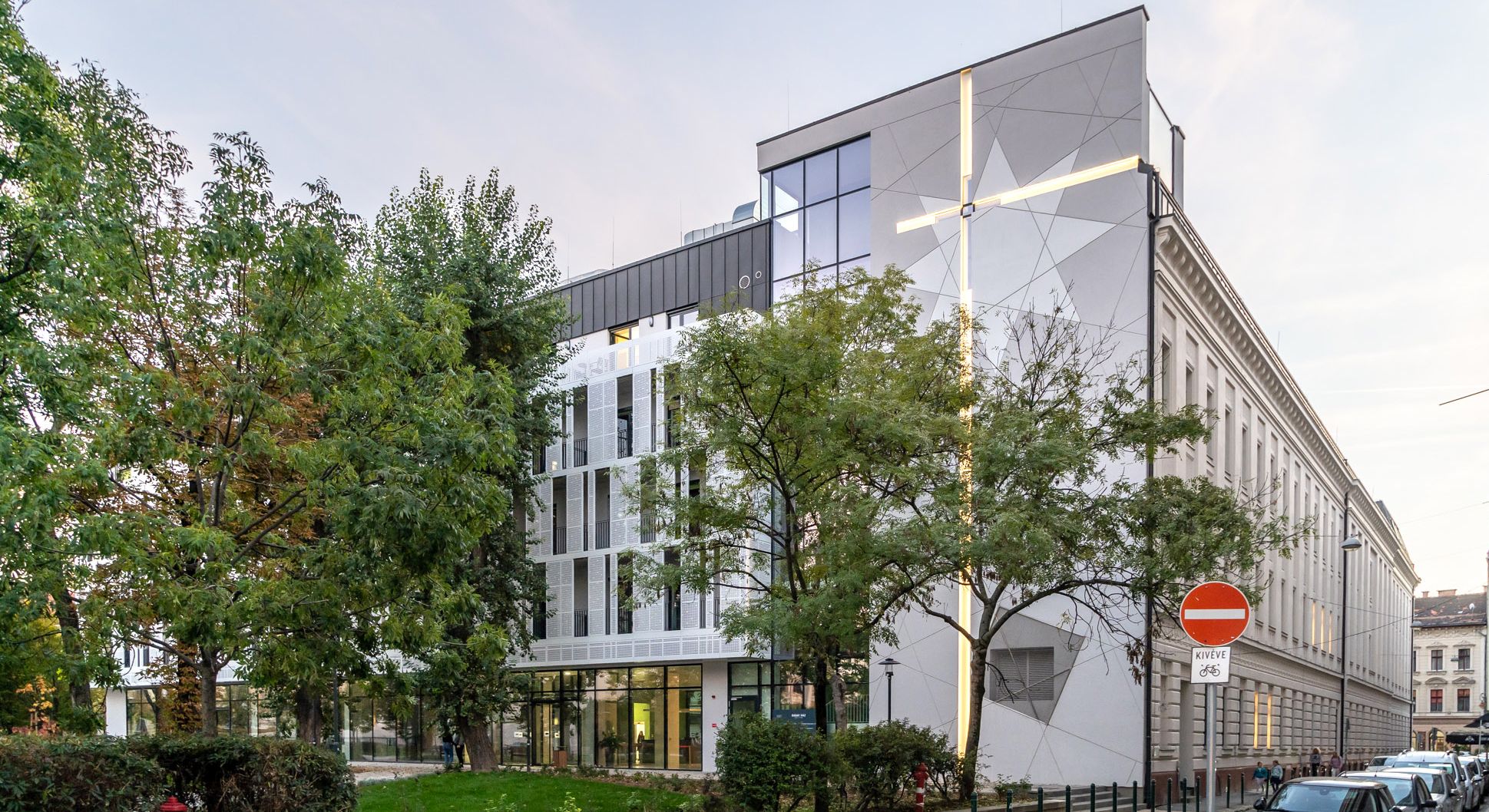
The Ráday House seen from Markusovszky Square (Photo: Balázs Both/pestbuda.hu)
The two basement-level screening rooms of the Uránia National Film Theatre, named after Gyula Csortos and Zoltán Fábri, were restored in autumn. These are actually quite new rooms, they were not included in the original building designed by Henrik Schmahl, they were only created during the large-scale renovation of the building between 2000 and 2002, which also meant modernisation. However, due to water damage, these two smaller rooms with seventy seats had to be closed in 2015, and they did not function until now. Train users knew that the roof structure of the Nyugati Railway Station did not provide real protection against precipitation, but it was finally renovated in recent years. In autumn, the building's Marble Hall and the so-called Ceglédi Corridor were handed over to the public.
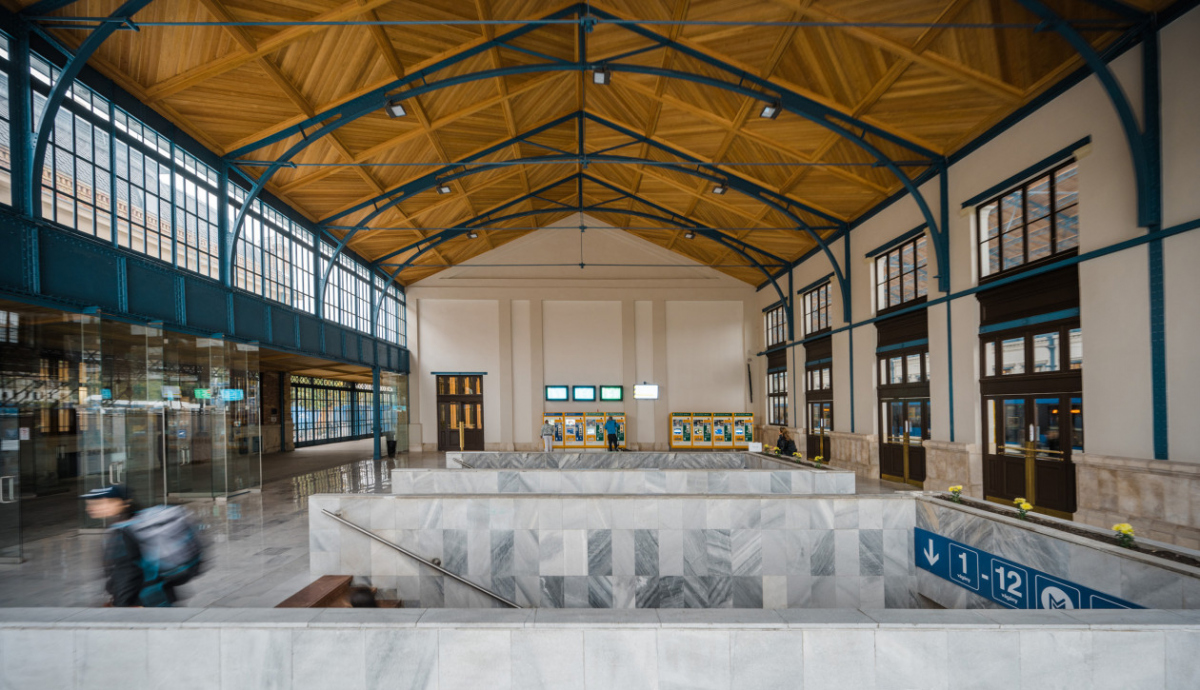
The Marble Hall of Nyugati Railway Station (Photo: MÁV)
The last month of the year brought a marked upheaval in the life of the capital: at the beginning of December, MOL's new headquarters were handed over in Lágymányos, next to the Kopaszi Dam. The 143-metre high-rise built as part of the MOL Campus is the country's first skyscraper, and with its height, it wants to represent the company's economic power. It was designed by Foster + Partners and its Hungarian partner, Finta Studio. From the spring, those interested will also be able to go up to the observation terrace on the 29th floor.
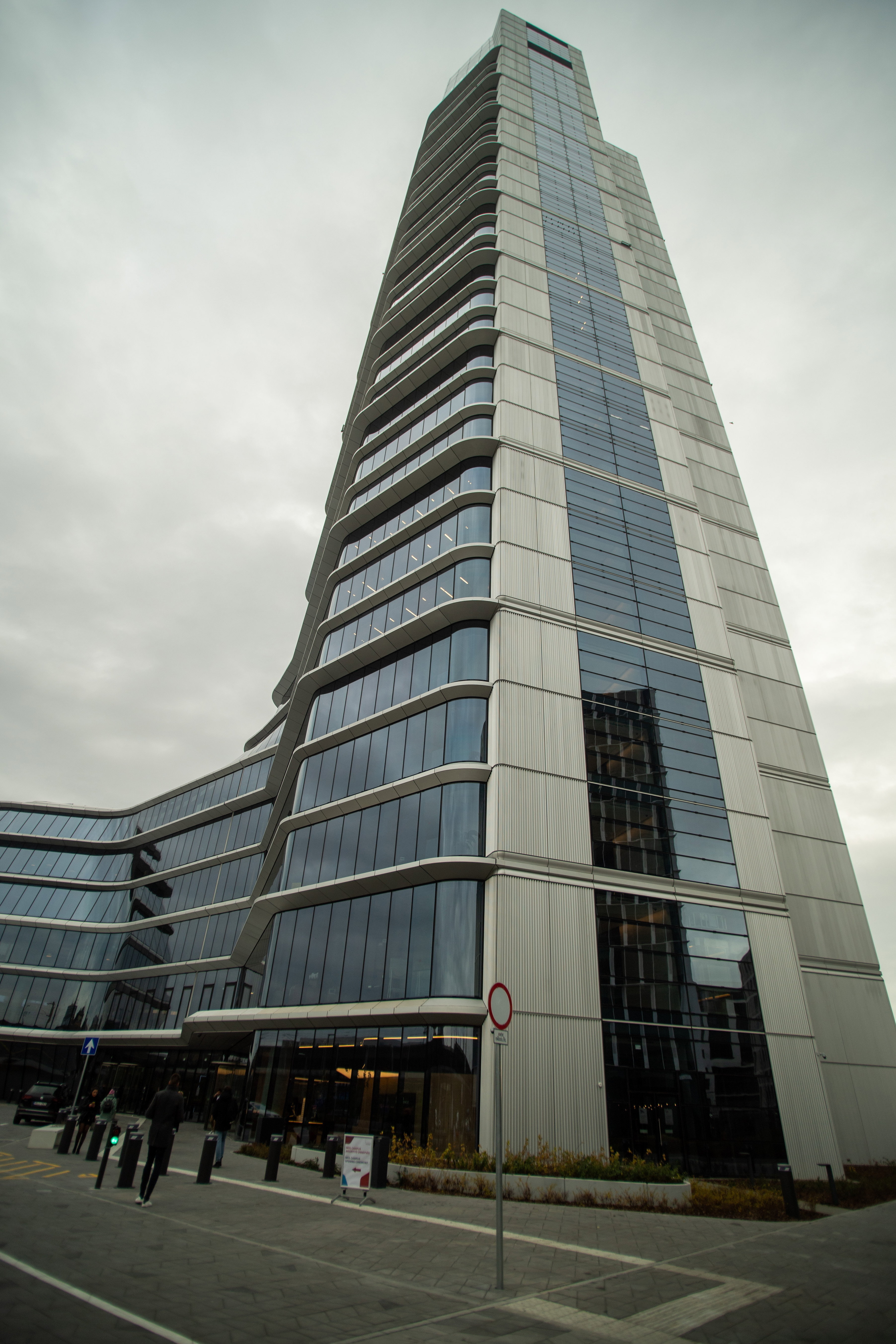
MOL's new headquarters is the tallest building in the capital (Photo: MTI/Zoltán Balogh)
Within a week in mid-December, two important public places were returned to Budapest: first, Blaha Lujza Square, and then the Chain Bridge. The square named after the "nightingale of the nation" has been reborn as a meeting place with groves and trees, according to the evaluation of the contractor Budapest Transport Centre. During the investment, which lasted 505 days, the upper slab insulation of the underpass, the roadway above it, and Somogyi Béla Street were renewed.
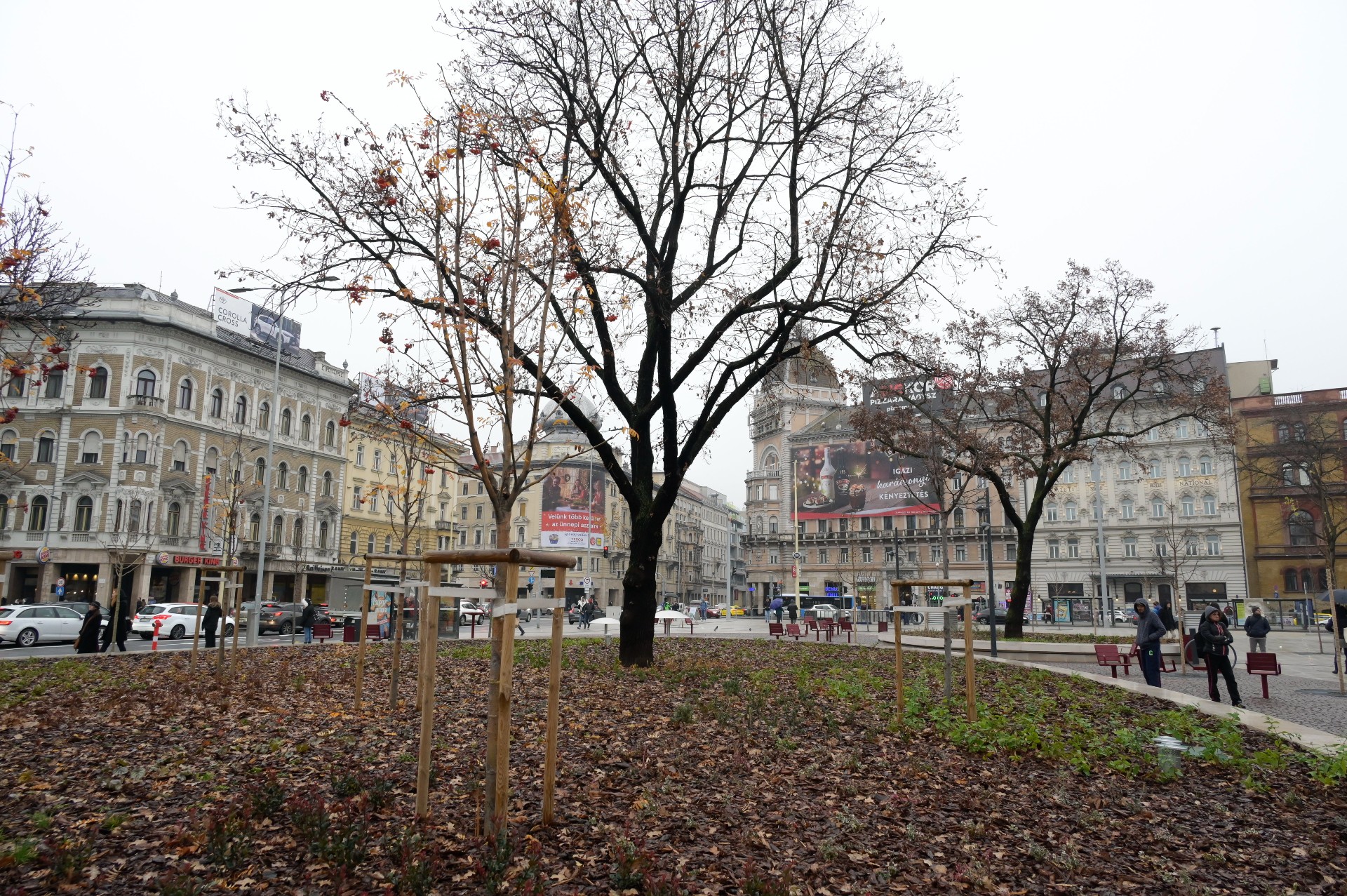
Blaha Lujza Square has also been beautified (Source: BKK)
It was memorable that Chain Bridge and Blaha Lujza Square were closed to traffic almost simultaneously in the summer of 2021, but the former has not yet been returned to traffic in its entirety: for now, only public transport vehicles, taxis, and motorcyclists and cyclists can use it. They no longer have to worry about the stability of the bridge, since the old reinforced concrete roadway was replaced over the past year and a half: after the demolition of the old structure, around 900 tons of steel track was installed, and the bridge was strengthened with 20 tons of steel structure. In addition, the stone surfaces were restored and the chain was given a new anti-corrosion coating.
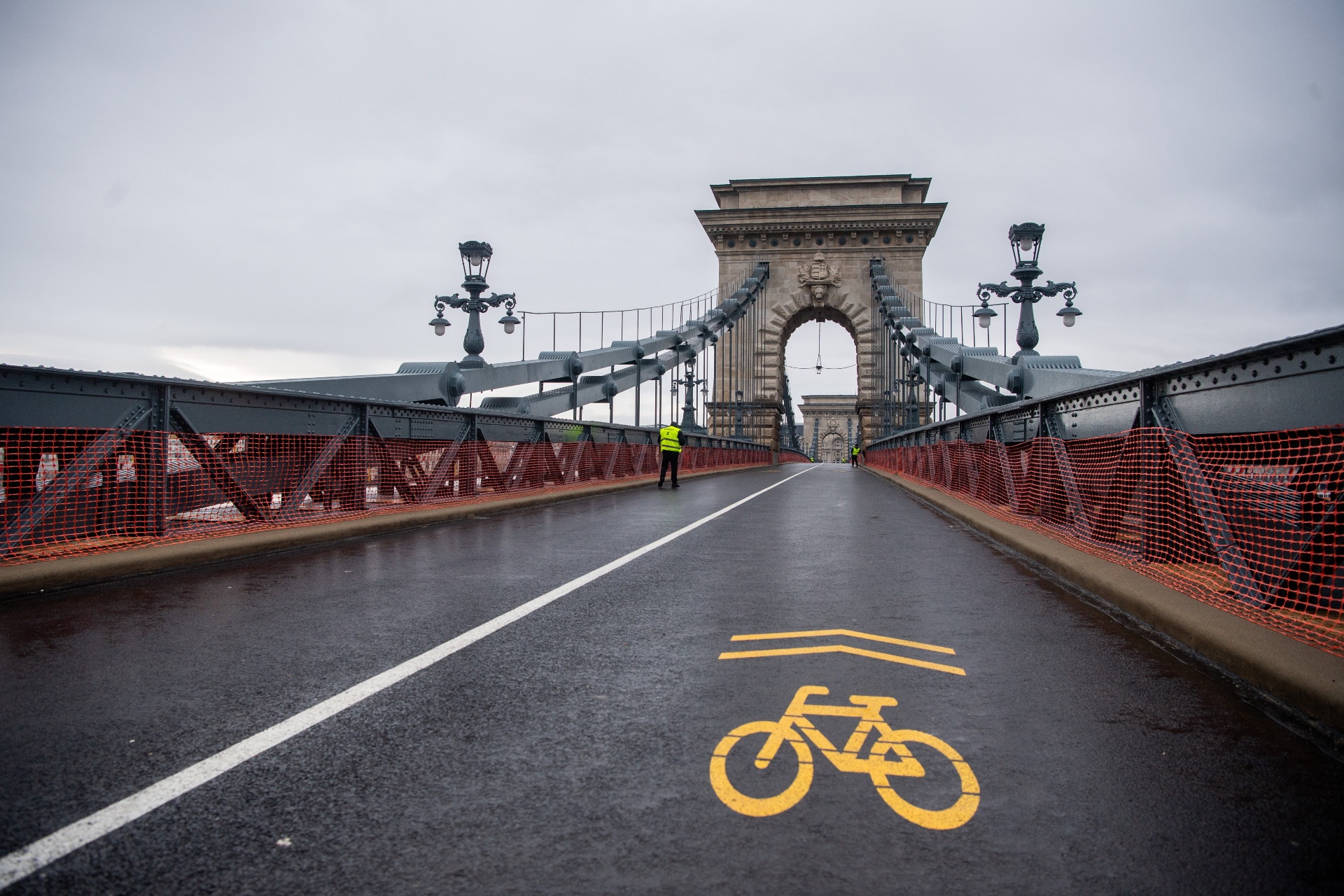
The structure of the Chain Bridge has also been renewed (Photo: MTI/Zoltán Balogh)
Of course, the year 2022 was a very difficult and painful year in general, with war, refugees and unprecedented price increases. But looking back, take note that it was also a fantastically productive year in the life of Budapest - this article is actually just a selection of the more spectacular results. Pestbuda hopes that Hungary's beloved capital will develop in a similar way next year.
Cover photo: The main staircase of the renewed Opera House (Photo: Valter Berecz/Opera House Facebook page)

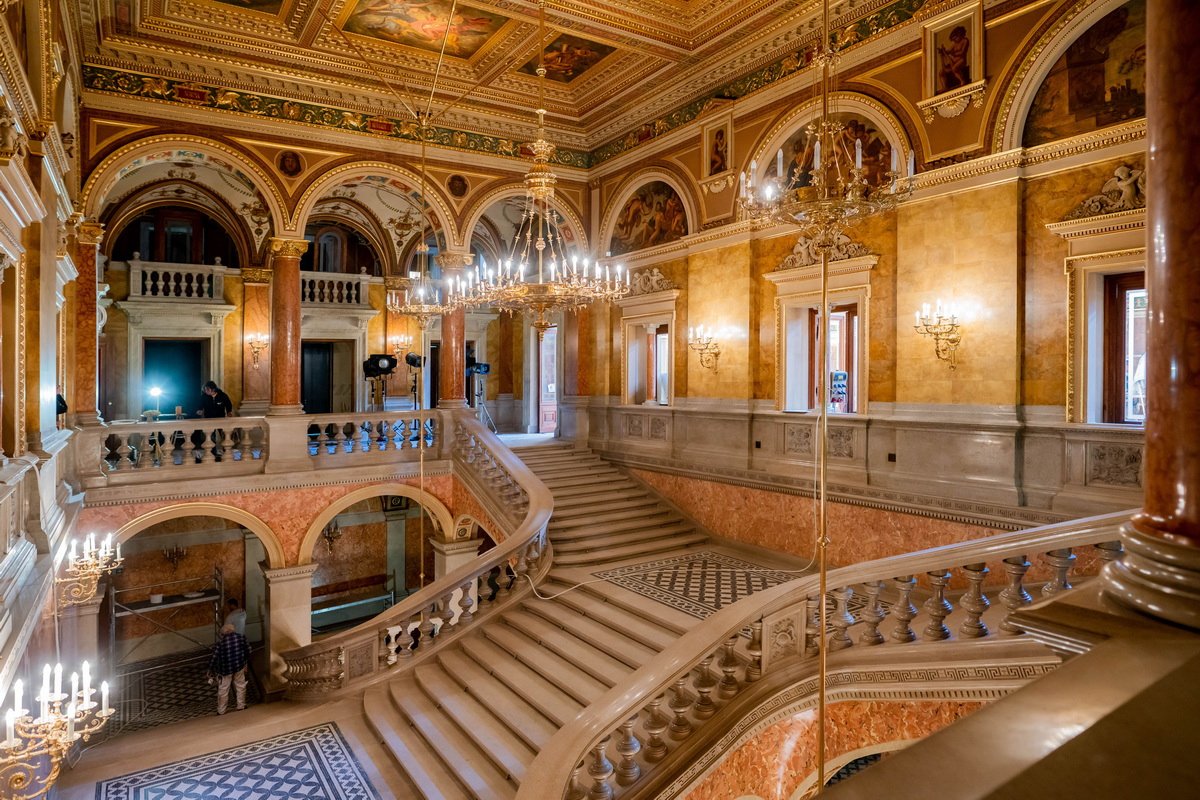



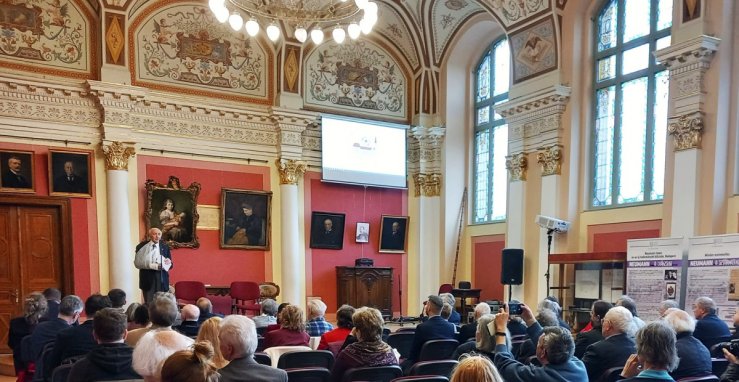


Hozzászólások
Log in or register to comment!
Login Registration